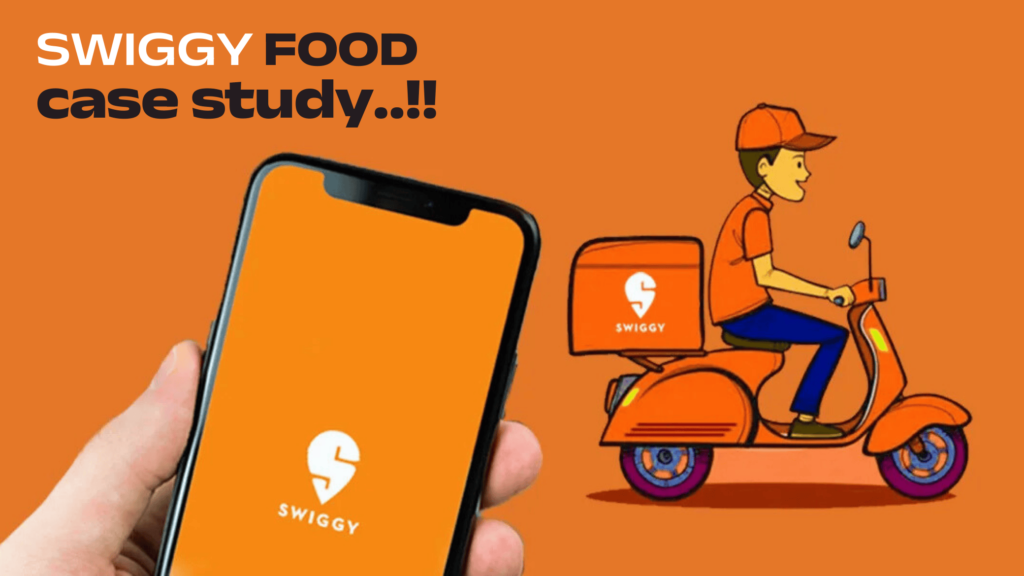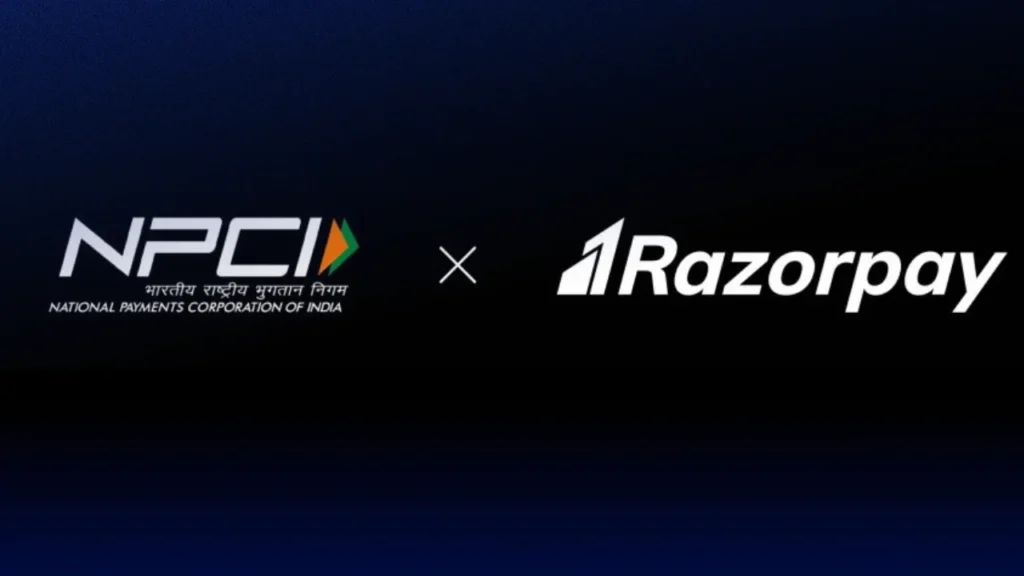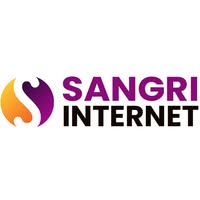Swiggy, founded in 2014, has rapidly become a household name in India’s food delivery industry. What started as a small scale operation in Bangalore has grown into one of the country’s leading platforms, transforming how millions of people access their favourite meals. With a strong focus on customer convenience and operational efficiency, Swiggy food has set the bar high in the food delivery space. The company inventive approach has reshaped not only the way people order food but also the dynamics between restaurants, consumers, and delivery partners. This article delves into Swiggy journey, its key offerings, its business model, and the lasting effect it’s had on the food delivery ecosystem.
Swiggy Founding and Growth
- Swiggy was established by Sriharsha Majety, Nandan Reddy, and Rahul Jaimini in Bangalore. The founders identified a gap in the market for a reliable food delivery service and sought to create a platform that bridged consumers with a wide range of local restaurants. Unlike many early competitors, Swiggy built its own logistic network, allowing it to control the entire delivery process and ensure timely service.
- Starting with a small team and limited resources, Swiggy quickly expanded its operations by focusing on customer satisfaction and operational efficiency. The company raised significant funding from global investors, including Naspers, Accel, and DST Global, which enabled it to scale rapidly. Swiggy expanded to multiple cities across India, establishing a strong foothold in metropolitan areas before venturing into smaller towns.
- Over the years, Swiggy growth trajectory has been marked by strategic acquisitions and diversification. The introduction of Swiggy Stores and Insta mart demonstrates its evolution beyond food delivery into broader hyper local services. These initiatives reflect the company’s adaptability and ambition to dominate various segments of on-demand delivery.
Business Model and Revenue Streams of Swiggy Food
Swiggy operates on a marketplace model, connecting customers with restaurants and independent delivery personnel. The platform generates revenue through multiple streams:
- Commissions from Restaurants: Swiggy charges partner restaurants a commission fee for every order processed through its platform. This fee varies based on the restaurant’s agreement and the level of visibility provided by Swiggy.
- Delivery Fees: Customers pay a delivery fee determined by factors such as distance, order value, and peak demand periods. Dynamic pricing strategies help manage demand and optimize delivery resources.
- Subscription Services: Swiggy offers a premium membership called Swiggy One, providing benefits like free deliveries, reduced service charges, and exclusive offers on food and grocery orders.
- Advertising Services: Restaurants can opt for promotional placements and banner ads to boost visibility and attract more customers. Sponsored listings are a popular tool for increasing order volumes.
This diversified revenue model has allowed Swiggy to maintain steady growth while navigating the competitive landscape.
Key Innovations and Features
Swiggy success is deeply rooted in its focus on creation and customer centric features:
- Real Time Order Tracking: One of Swiggy standout features is real time order tracking, providing customers with live updates on their delivery status. This transparency builds trust and enhances the user experience.
- Cloud Kitchens: To allow restaurants to expand without significant investment in physical locations, Swiggy launched Cloud Kitchens. These facilities allow eateries to focus exclusively on delivery services, increasing efficiency and reducing overhead costs.
- Swiggy Genie: This service allows users to send packages, documents, and groceries within their city. It broadens Swiggy utility beyond food delivery.
- Swiggy Instamart: Aimed at quick-commerce, Instamart offers fast grocery delivery, meeting the rising demand for instant access to household essentials.
By continuously introducing unique services, Swiggy remains a pioneer in enhancing convenience for consumers.
Consumer Experience
Swiggy has reshaped how consumers experience food delivery by emphasizing convenience, speed, and variety. The platform user friendly app and website interface make browsing and ordering effortless. Customers can explore a wide array of cuisines, filter searches based on dietary preferences, and choose from multiple payment options.
Frequent offers, loyalty programs, and personalized recommendations improve user engagement. Scheduled deliveries and no contact delivery options, introduced during the pandemic, highlight Swiggy adaptability to changing consumer needs.
Customer service is another critical pillar of Swiggy success. The company support system resolves order related issues efficiently, contributing to high satisfaction and repeat usage.
Effect on Restaurants and Delivery Partners
- For restaurants, partnering with Swiggy offers a scalable way to boost sales without investing in a dedicated delivery infrastructure. Many small and local eateries have found new growth opportunity through Swiggy expensive customer base.
- Swiggy influence extends to large restaurant chains as well, helping them optimize delivery logistic and reach new markets. The analytic and performance insights provided by Swiggy allows restaurants to refine their offerings and improve service quality.
- Delivery partners, who form the operational backbone, benefit from flexible work opportunity. Swiggy incentive structures and performance based bonuses attract a large delivery workforce. However, issues such as income stability, safety, and job security have sparked discussions about the need for better working conditions and welfare policies for gig workers.
Competitive Landscape
Swiggy operates in a dynamic market with fierce competition from players like Zomato, Dunzo, and Uber Eats (before its acquisition by Zomato in India). The food delivery space is characterized by price wars, aggressive customer acquisition strategies, and continuous creation.
Swiggy differentiators include its robust logistic network, diverse service portfolio, and strategic partnerships. Innovations such as cloud kitchens and hyperlocal delivery services have helped Swiggy maintain a competitive edge. The company adaptability and customer centric approach ensure its relevance in a rapidly evolving market.
Challenges and Criticisms On Swiggy Food
Despite its achievements, Swiggy faces multiple challenges:
- High Operational Costs: Managing a vast logistic network is capital intensive. Investments in technology, infrastructure, and human resources contribute to significant expenses.
- Regulatory Compliance: Adhering to food safety standards and labour laws is essential but complex. Regulatory scrutiny can effect operational flexibility.
- Delivery Partner Concerns: Issues related to fair compensation, safety, and work-life balance have raised questions about the sustain ability of Swiggy gig economy model.
Addressing these challenges is crucial for Swiggy to sustain its growth and strengthen its market position.
Looking Ahead: Future Growth and Strategic Vision
Swiggy future lies in continuous diversification and technological creation. Key areas of growth include:
- Expanding to Smaller Cities: Increasing presence in tier-2 and tier-3 cities offers untapped potential for market penetration.
- Enhancing Quick-Commerce Services: Scaling Instamart to compete effectively with emerging grocery delivery platforms.
- Artificial Intelligence and Machine Learning: Leveraging AI to improve personalization, predict demand, and optimize delivery routes.
Additionally, sustainable practices, improved delivery partner welfare, and strategic partnerships will be central to Swiggy long term success.
Shaping the Future
Swiggy remarkable transformation from a startup to a dominant force in the food delivery industry reflects its unique approach, customer first philosophy, and relentless pursuit of excellence. As it continues to explore new frontiers and overcome challenges, Swiggy remains poised to shape the future of on-demand delivery services, impacting both consumers and businesses in profound ways.



















